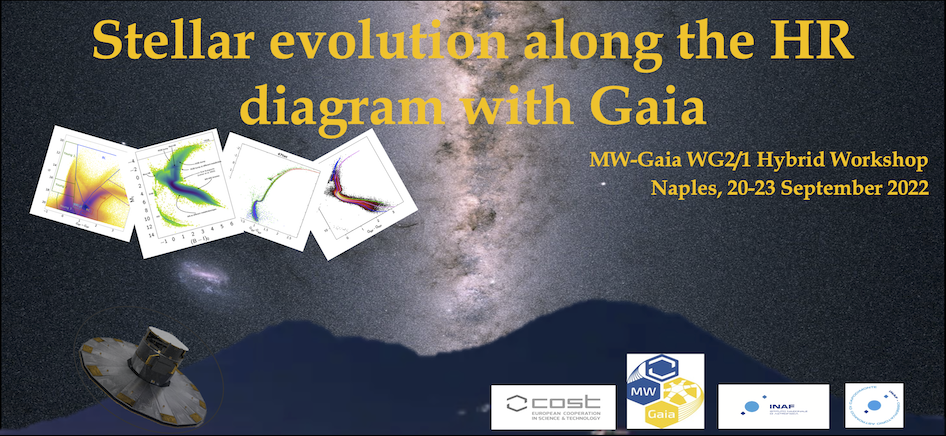Speaker
Description
Modeling of radially pulsating stars, specifically Classical Cepheids, is fundamental to constrain the physical properties of these stars and their role as stellar population tracers, as well as to calibrate the extragalactic distance scale. In particular, the investigation of the dependence of their predicted properties on the various physical and numerical assumptions can help understand residual systematic errors in the local determination of the Hubble constant.
We recently provided a detailed homogeneous nonlinear pulsation model grid of Classical Cepheids taking into account variations of chemical composition, mass-luminosity (ML) relation, and efficiency of super-adiabatic convection.
The predicted observables included the instability strips, multi-filter light curves, and the corresponding mean magnitudes and colors; which were used to derive metal-dependent period-luminosity-color (PLC) and period-Wesenheit (PW) relations. The latter were applied to a sample of Gaia Early Data Release 3 (DR3) Galactic Cepheids and the inferred theoretical parallaxes were tested against Gaia astrometric results. Moreover, by combining this pulsational scenario with updated stellar evolution predictions, we derived new and accurate metal-dependent Period-Age and Period-Age-Color relations, which were applied to the same sample of Galactic Cepheids in the Gaia DR3 to constrain their age distribution.

